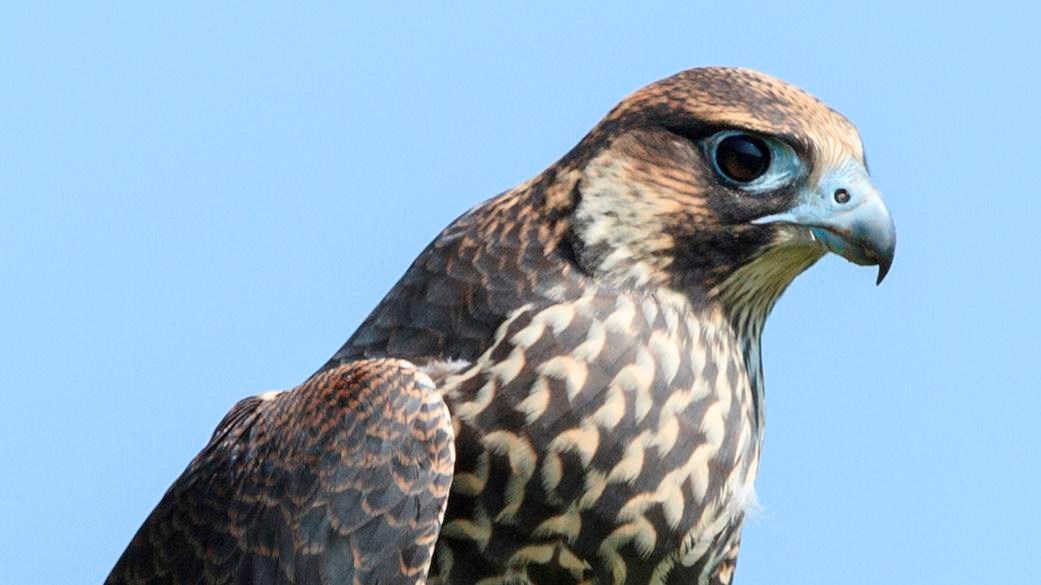
NPS/Claire Comer In 1980 peregrine falcons nested successfully in Virginia for the first time since DDT depleted their populations. Over the last four decades, breeding coastal Virginia populations of peregrine falcons have made a steady recovery while the mountain populations have lagged behind. The number of breeding pairs in the Central Appalachians over the last 18 years have only met one half of the recovery goal set by the U.S. Fish and Wildlife Service. How does hacking work?The hacking process at Shenandoah consists of taking at-risk falcon chicks from nest sites in eastern Virginia, and bringing them to the Park where they are placed in protective wooden boxes, hack boxes, for approximately 10 days. The hackbox is placed on a high cliff ledge that mimics a natural peregrine falcon nest scrape. The boxes are constructed so that the young birds can view and acclimate to their environment as they mature, but are protected from predators such as raccoons. While they are in the boxes, park staff provide for their care and feeding, and monitor their condition, all the while minimizing contact with humans. What happens once the fledglings leave?Research from the early 2000s (Center for Conservation Biology and FalconTrak Project Partners, Watts) shows that these reintroduced falcons disperse/migrate to a variety of areas. Some head towards coastal areas of the Mid-Atlantic and the Outer Banks. Some migrate to Florida, Cuba, the Bahamas, and further south. Others stay inland and winter along major river systems like the Ohio and the Susquehanna. Source: NPS DataStore Saved Search 3435. To search for additional information, visit the NPS DataStore. 
Peregrine Falcon
Learn about these majestic birds of prey and why Shenandoah works to protect them. |
Last updated: September 20, 2018
